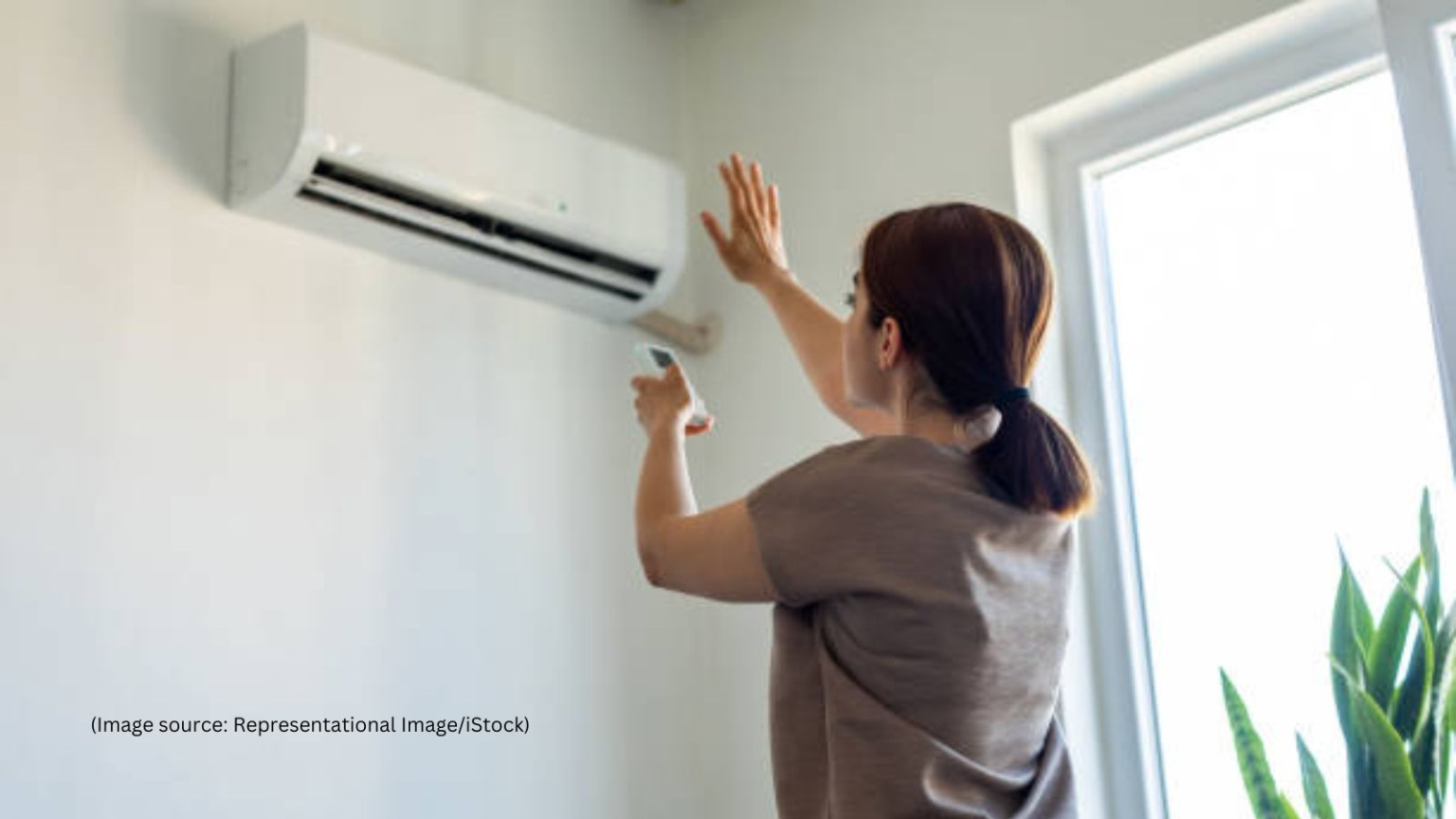The Indian government is preparing to introduce a new regulation that will cap the temperature range of air conditioners across the country. If approved, this move could change how millions of Indians use their ACs, both at home and in public spaces like hotels and even cars.
The plan to standardise the minimum temperature of air conditioners at 20°C has sparked a flurry of reactions online. While some are amused, many are struggling to believe it. And some, possibly used to 16°C, are genuinely concerned about their future.
The move, announced by Union Power Minister Manohar Lal Khattar, is part of a larger effort to reduce energy consumption and lighten the load on India’s stretched power grid. “Regarding air conditioning standards, a new provision is being implemented soon. The temperature standardization for ACs will be set between 20°C to 28°C,” Khattar said during an event in Delhi, calling it a “first-of-its-kind experiment.”
Watch here:
#WATCH | Delhi: Union Minister of Housing & Urban Affairs, Manohar Lal Khattar says, “Regarding air conditioning standards, a new provision is being implemented soon. The temperature standardization for ACs will be set between 20°C to 28°C, meaning we won’t be able to cool below… pic.twitter.com/Iwnaa4ZPKN
— ANI (@ANI) June 10, 2025
Ever since the announcement was made by Khattar, netizens have been having a field day. A user said, “One nation, one temperature.” Another user wrote, “I put it at 24-26. It helps keep the bill low and reduces pressure on the ac.” However, not everyone took the news with open arms. “Next thing you know, they’ll be regulating our TV volume,” wrote a user. Another one commented, “Stop the power supply so they can’t use anything, and then the future is green.”
The timing of this proposal is crucial. Summers in India are getting hotter, and air conditioners have become a necessity for many. But running ACs at extremely low temperatures – sometimes down to 16°C – puts immense pressure on electricity supplies, especially during peak hours.
Under the new rule, AC manufacturers will need to adjust their systems – either through reprogramming or software updates – to comply with the 20°C–28°C range. This won’t just help save energy; it’s also a step toward reducing carbon emissions from coal-fired power plants that still generate most of India’s electricity.
According to a Bloomberg report, Pankaj Agarwal, a senior official in the power and housing ministries, said that “if everyone sets their ACs just 1 degree higher, we can save about 3 gigawatts of power during peak times.”
Story continues below this ad
With around 100 million AC units already in use and another 15 million added each year, the cumulative effect of this change could be massive. A study by the University of California, Berkeley suggests India could potentially avoid spending Rs 7.5 trillion ($88 billion) on new power infrastructure by cutting peak demand by up to 60 gigawatts by 2035.
© IE Online Media Services Pvt Ltd














